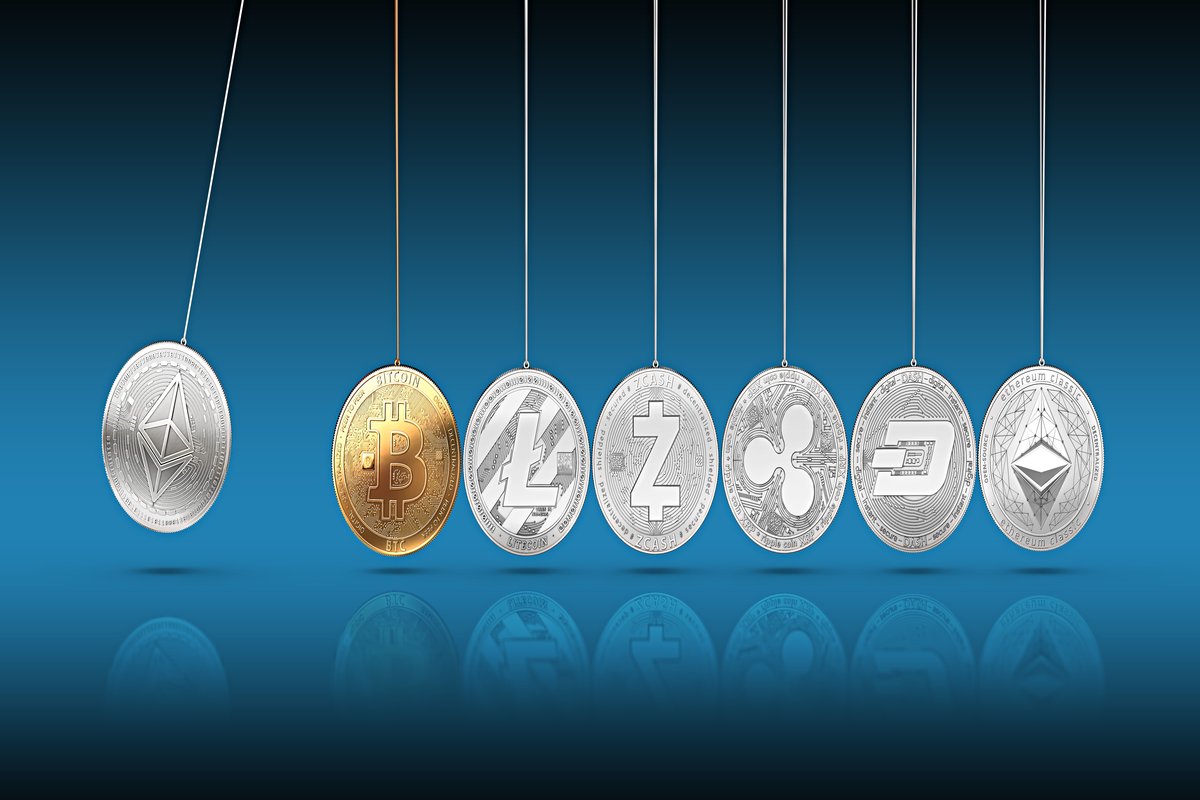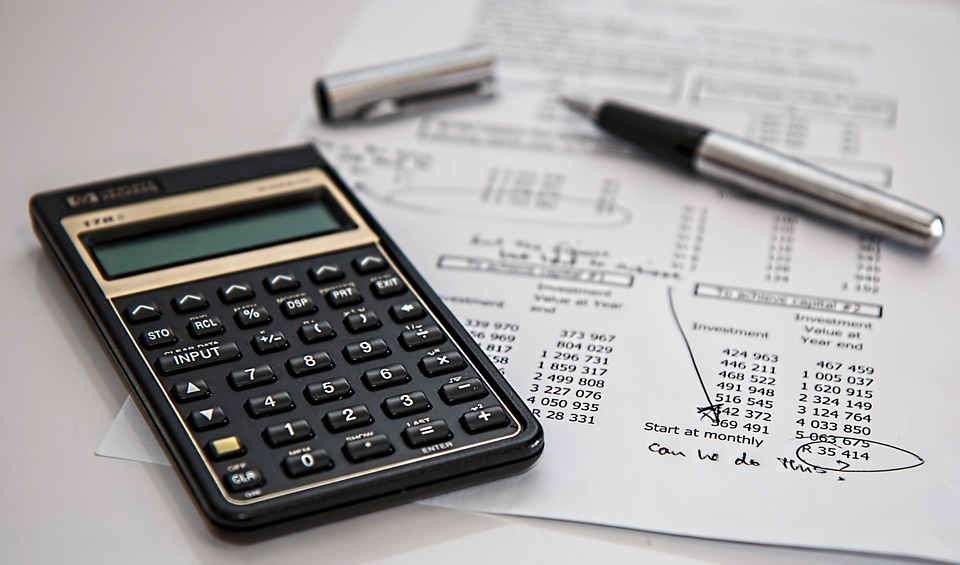A commonly used investment tool for funding startups is the convertible note. It’s a short term debt instrument that converts into equity later. If the issuer wants a debt instrument without conversion to equity, a promissory note would be a better option. With a convertible note, the investor receives accruing interest while holding the note. It works well for seed stage startups as it removes the burden of a complex equity-based terms sheet which requires details on control and boards, and avoids issues of dilution and taxes. It’s easy to setup compared to most equity terms sheet which can be quite costly to develop since valuation must be negotiated and set at the time of signing.
A convertible note has three components which are the interest rate, discount rate, and cap rate:
- The interest rate determines the annual interest that will accrue. The interest is not meant to be paid out monthly or quarterly like a bank loan but will convert to equity later along with the principle.
- The discount rate is the amount of additional equity the investor will receive when the note converts to equity as compensation for investing early.
- The cap rate determines how much equity the investor will receive upon conversion.
The conversion from debt to equity is usually based on a future financing round. If there is no follow on financing round, then the note often sets a time limit (say 5 years) at which point it will convert at the cap rate.
The interest rate is typically a simple interest rate. If the price per share is $4 and the interest rate is 10%, then the investor receives $4*.10= $0.40/share in the form of interest.
The discount rate gives a reduced price to the convertible note holder. If the price per share is $4 and the discount is 15%, then the note holder receives their share at a price of ($4 * (1-.15)) = $3.40.
The cap rate sets a maximum limit at which the convertible note can convert to equity. For example, if the cap rate is $3M and the next round of financing comes in at $5M, and the share price is $4. Then the price per share to the convertible note holder is $2.40. (3/5=.6; $4*.6=$2.4)
The convertible note works well for investors who want to invest relatively small amounts. Investors seeking to make large investments typically want valuation set, board seats determined, and control provisions set which often requires an equity terms sheet. The convertible note is a useful tool for early stage startups where there are still many unknowns about the deal.




